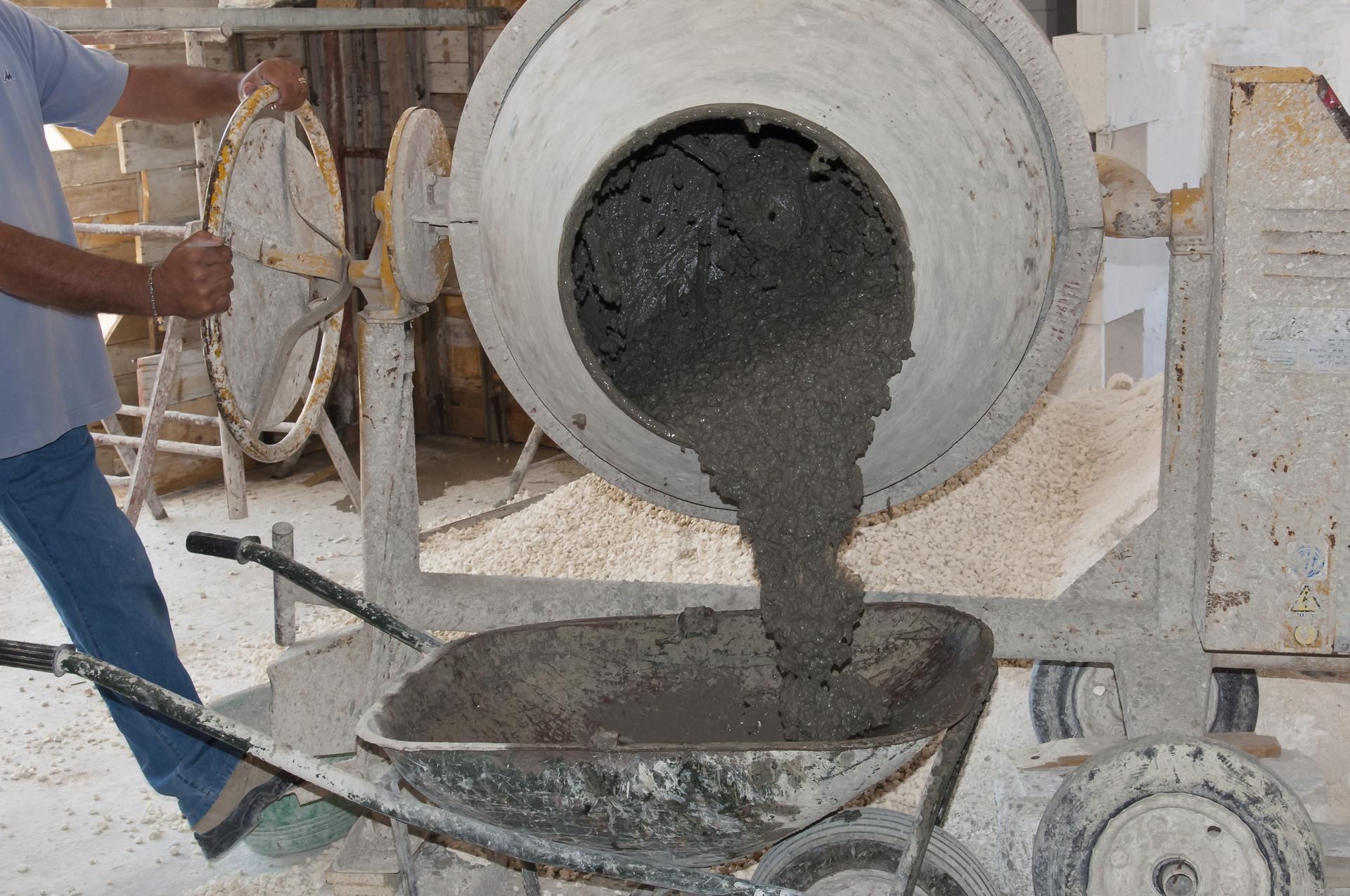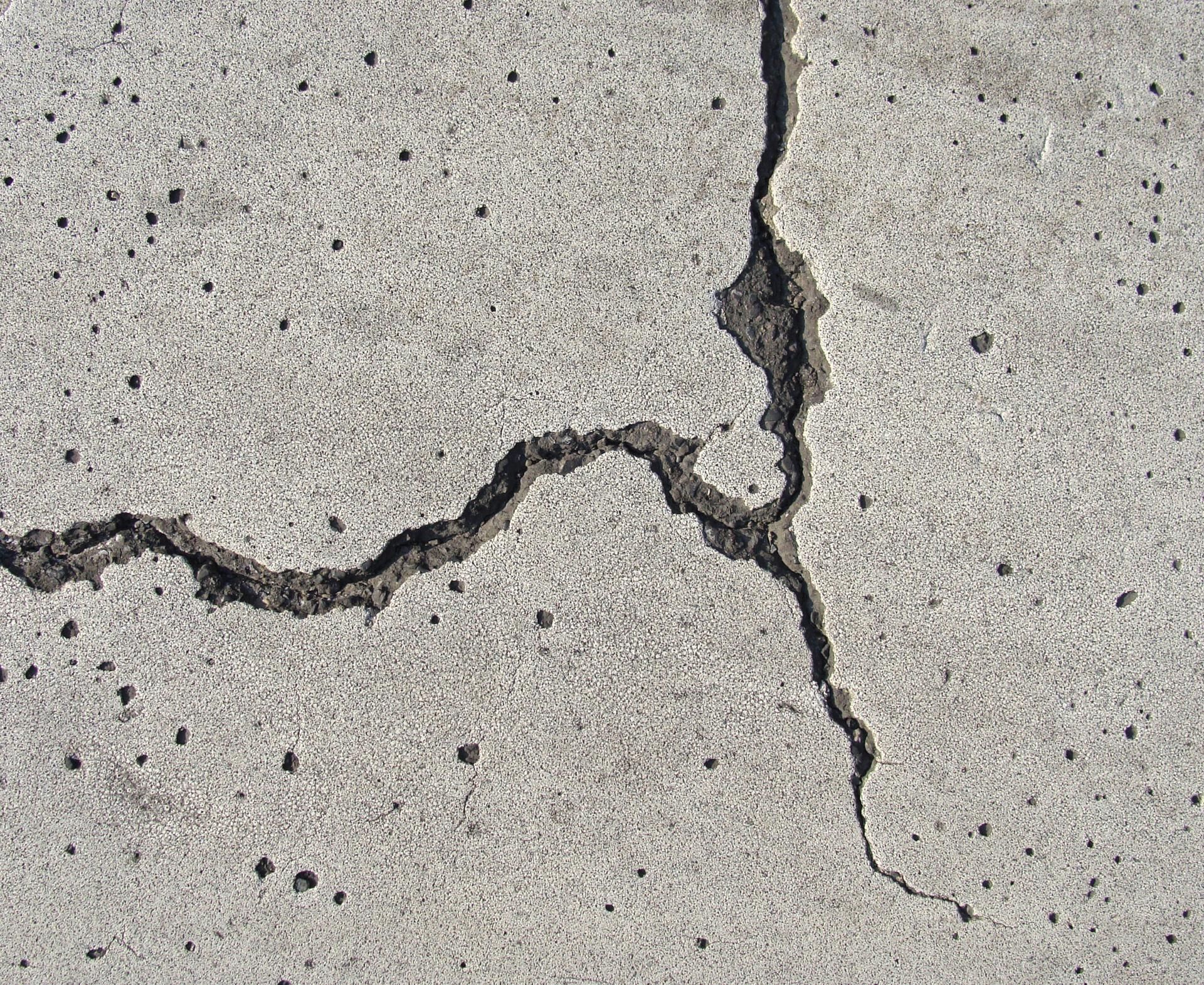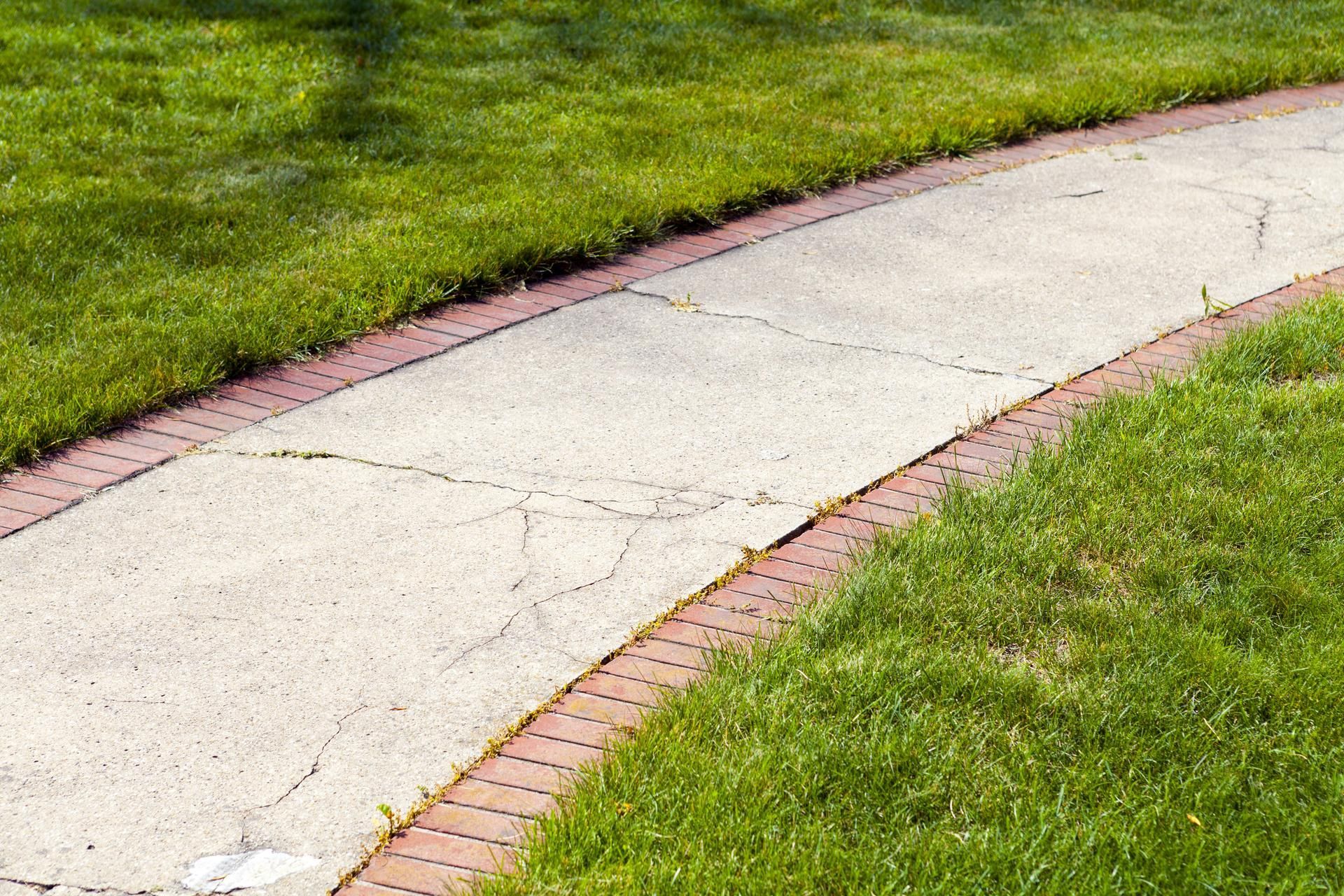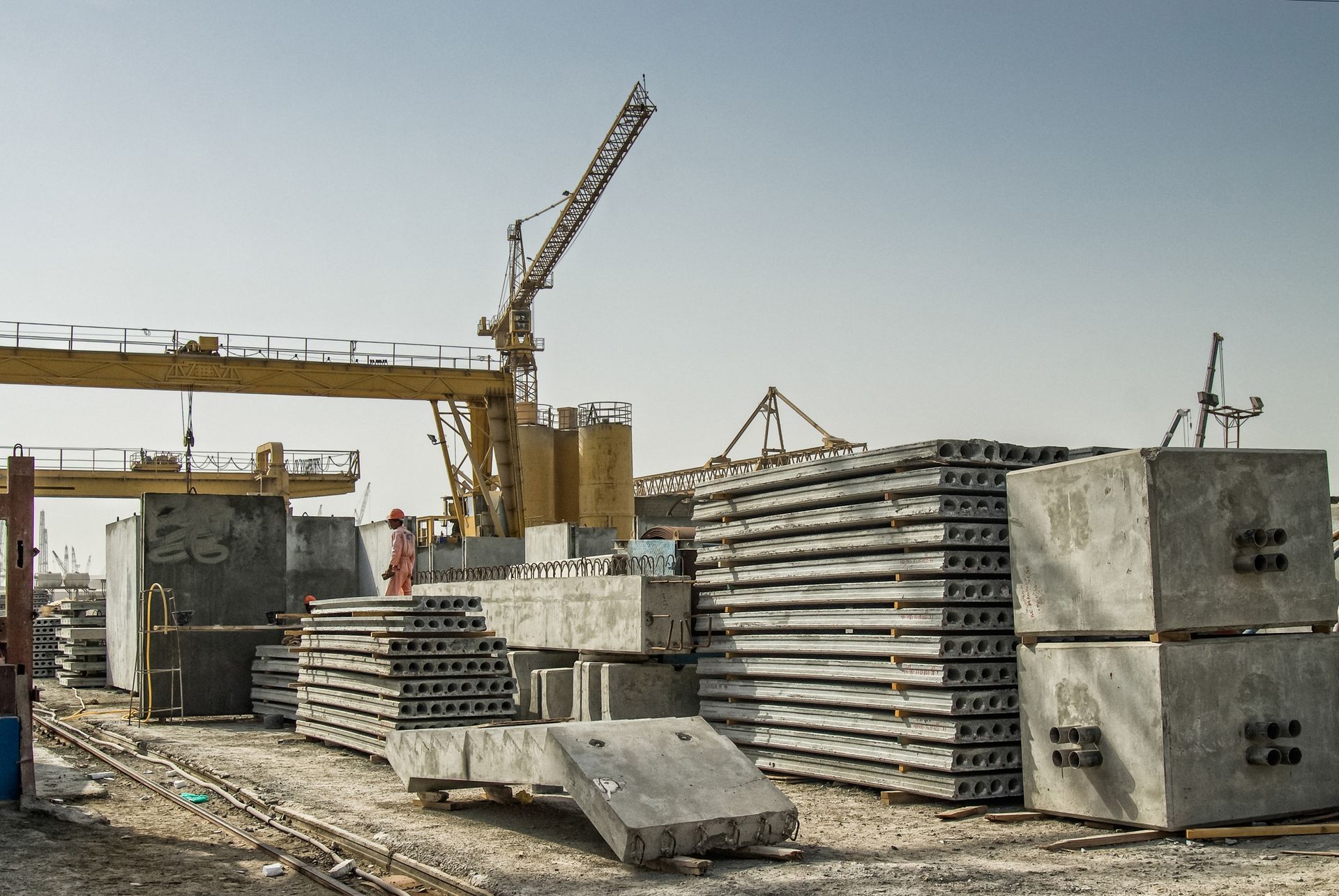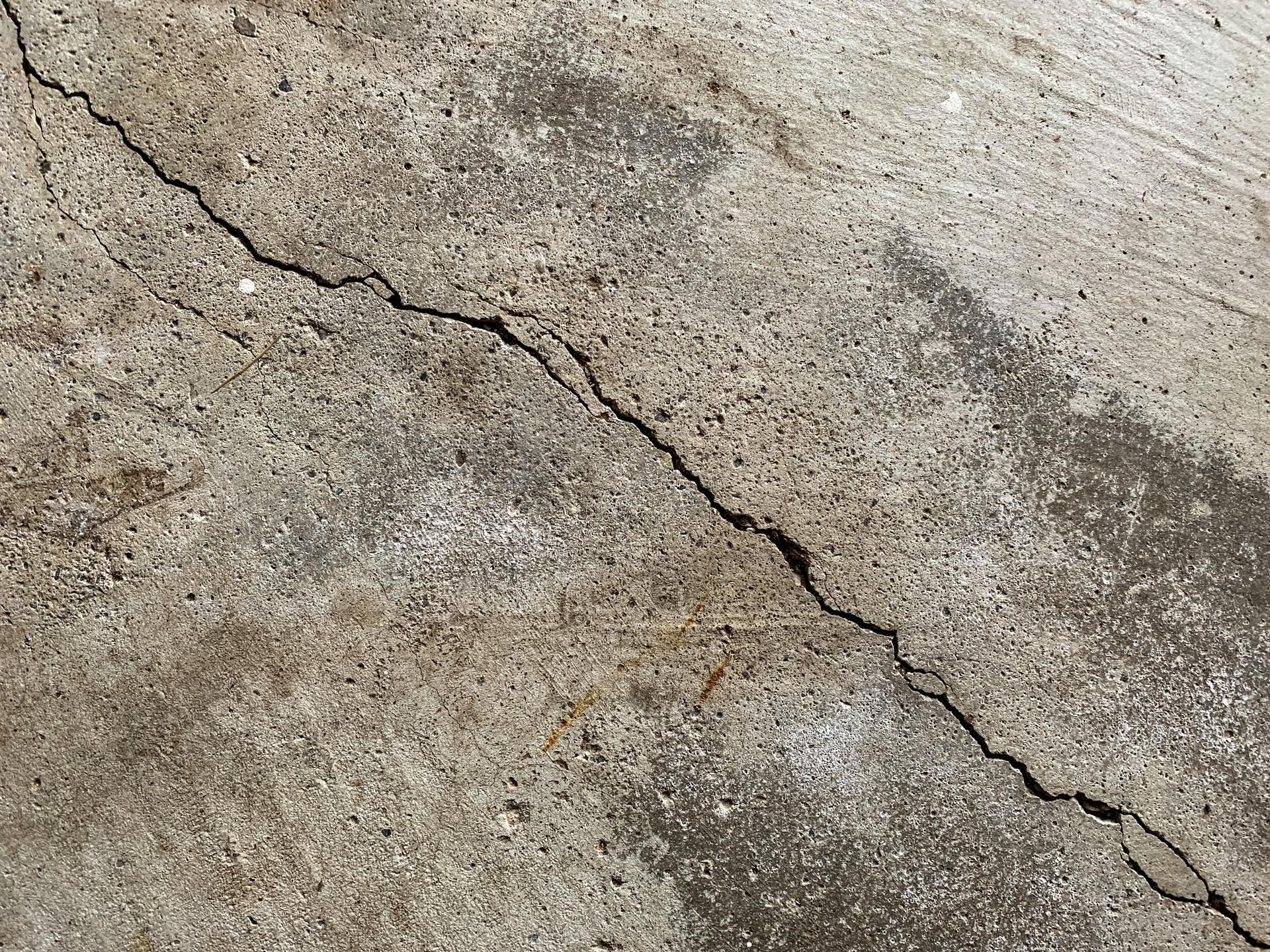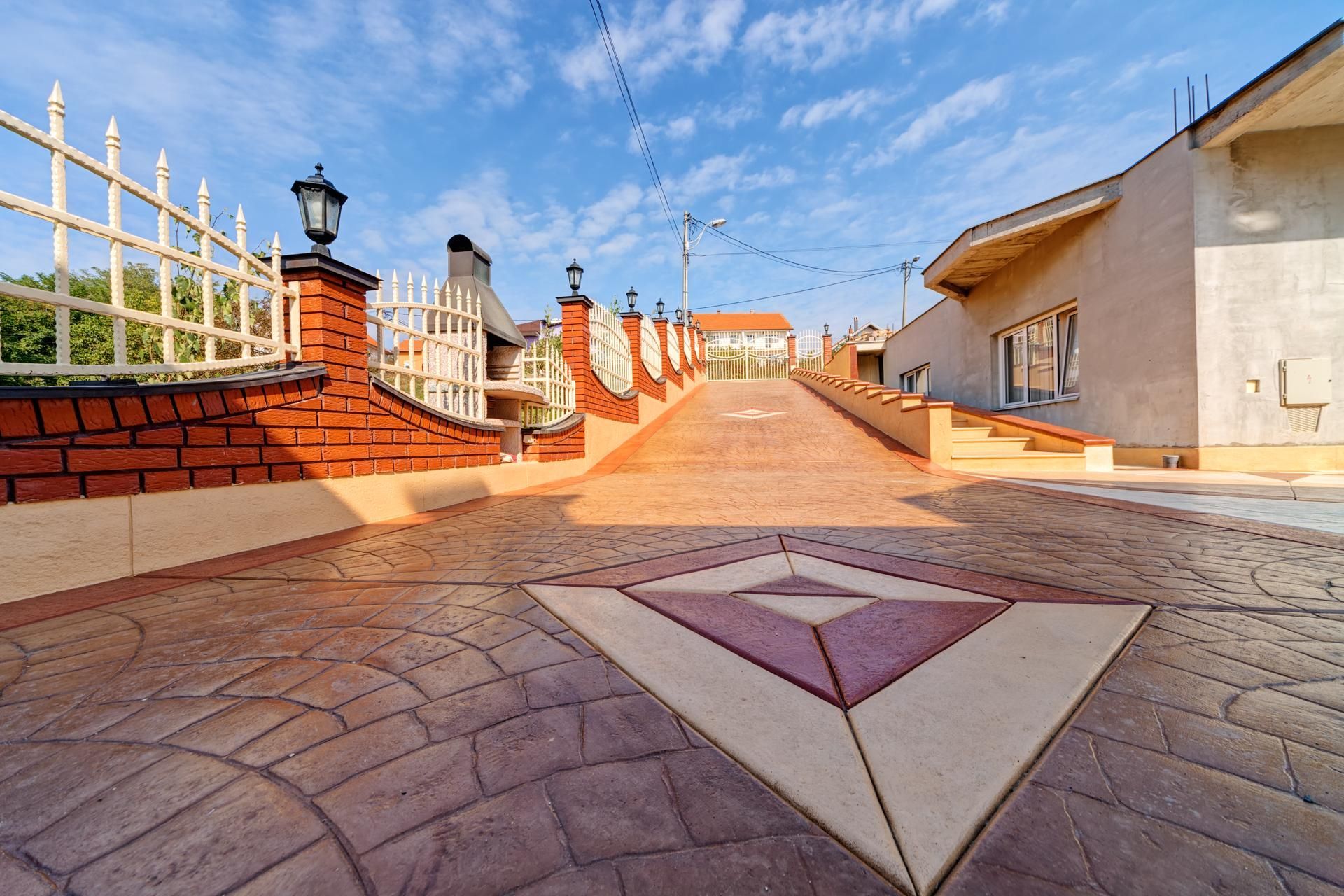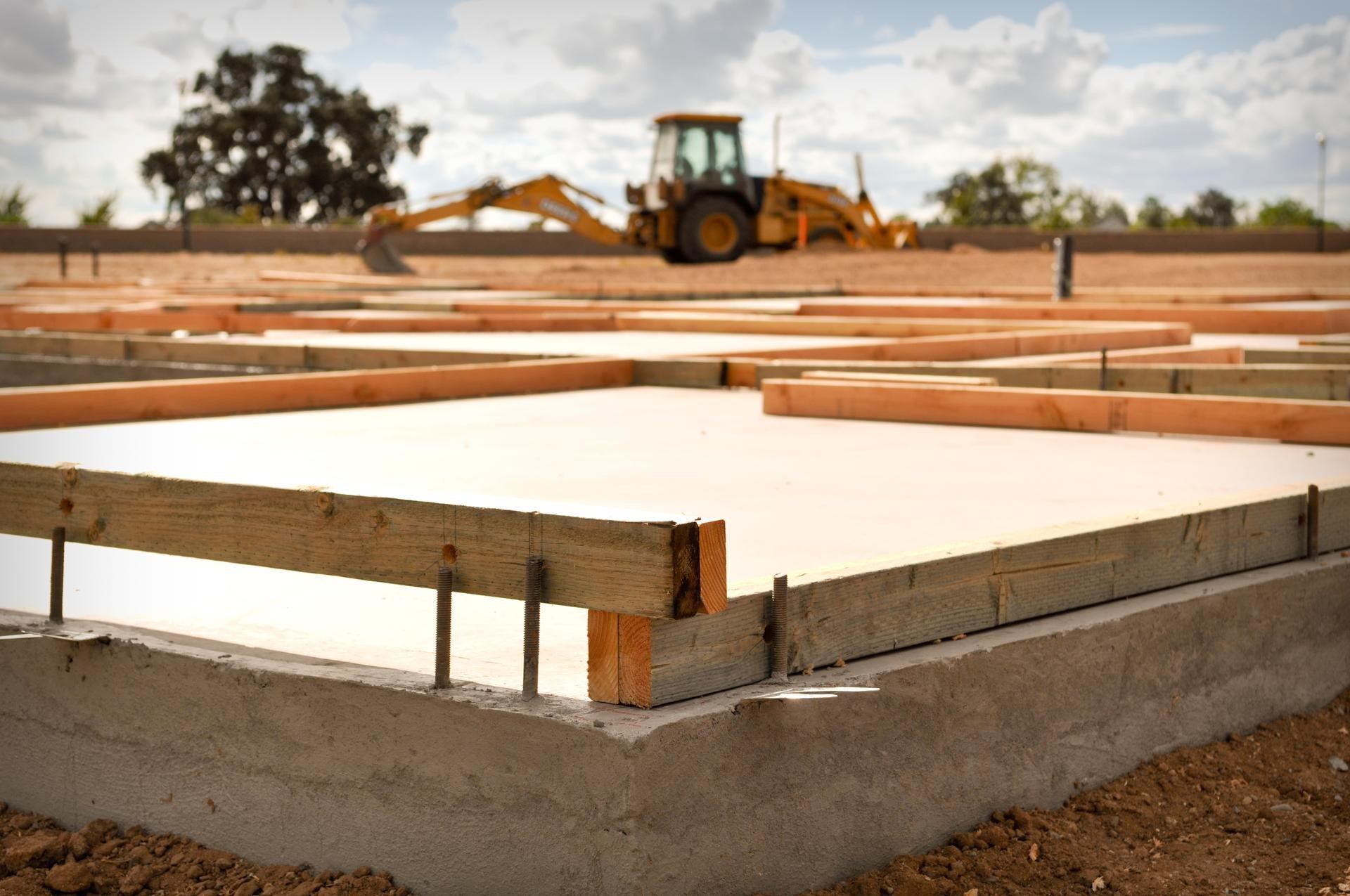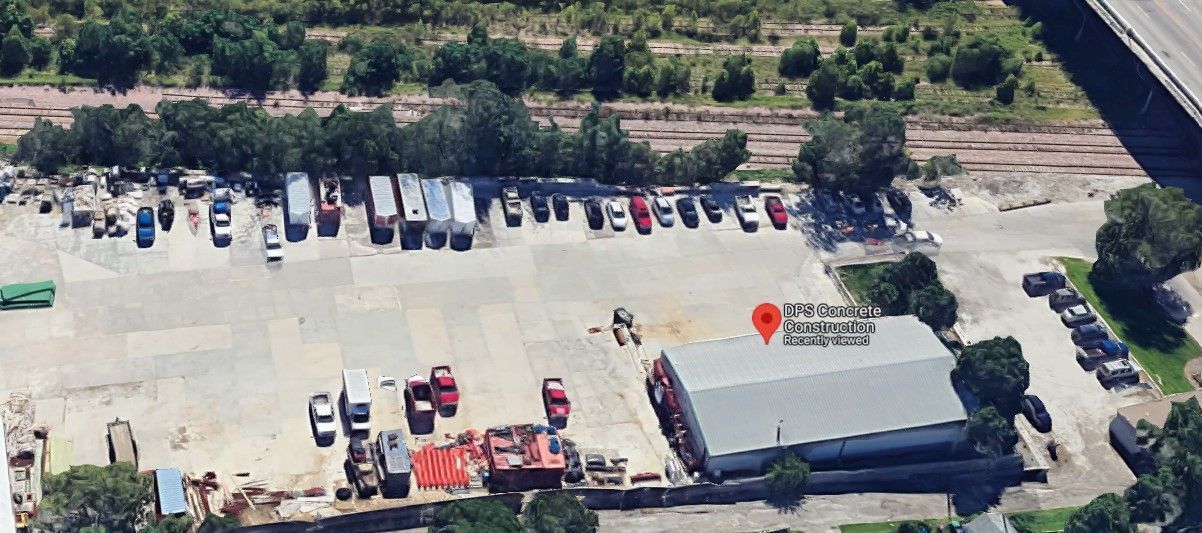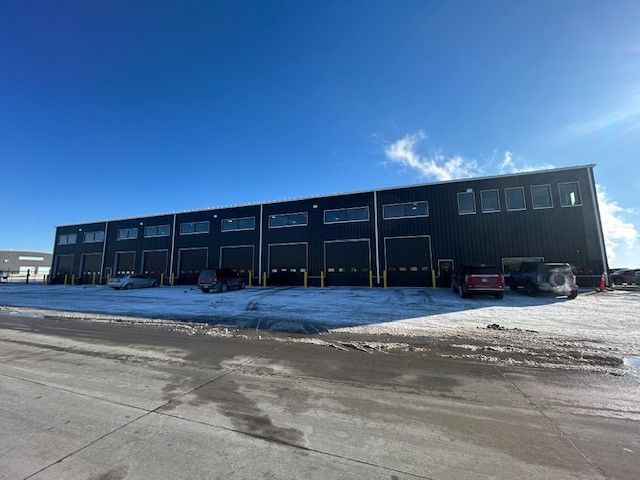Concrete Cracking and What to Do About It
Concrete is a durable and versatile material widely used in construction for foundations, driveways, patios, and more. However, even with its strength, cracks can develop over time. Recognizing the signs of concrete cracking and understanding how to address them is essential for maintaining the integrity and appearance of a structure. This guide will help you identify concrete cracks and understand how professionals can resolve these issues effectively.
Recognizing the Types of Concrete Cracks
Concrete cracks can vary greatly depending on their cause, and understanding these differences is essential to determine if a crack is cosmetic or a sign of a more serious issue. Hairline cracks, for example, are thin and often appear shortly after the concrete is poured and cured. These surface-level cracks result from the natural shrinkage of concrete as it dries and, while they don't usually affect structural integrity, addressing them early can prevent dirt or moisture from causing further damage.
Diagonal or angled cracks, on the other hand, can indicate a shift in the soil or base material beneath the concrete. These cracks should not be ignored, as they may signal foundation movement or settling, potentially compromising the stability of the structure. Similarly, wide cracks, which are larger than typical hairline fractures, often point to significant problems like thermal expansion or heavy load pressure. These cracks go beyond aesthetics and may require urgent attention.
Cracks with displacement, where one side of the crack sits higher than the other, suggest uneven settling or subsurface failure. These types of cracks are clear signs of structural issues and should be inspected promptly to prevent further complications. Addressing these various types of cracks early can help maintain the integrity and longevity of the affected structure.
Causes Behind Concrete Cracking
Determining why cracks develop is critical to preventing them from recurring in the future. Several factors contribute to concrete cracks, and understanding these helps diagnose the underlying cause effectively.
Improper installation is one common cause. Concrete that has been mixed, poured, or cured incorrectly can result in premature cracking. Variations in water content, inadequate reinforcement, or poor leveling can all weaken the material over time. Temperature fluctuations are another factor. Extreme changes in temperature cause concrete to expand and contract, and without proper control joints to guide these movements, cracking becomes inevitable as internal pressures build.
Subsurface instability also plays a major role. If the ground beneath the concrete shifts or erodes, it can no longer provide adequate support, leading to uneven settling and visible cracks that compromise structural integrity. Additionally, heavy loads can stress concrete beyond its weight capacity, particularly in areas like driveways or industrial floors that bear heavy vehicles or equipment. Understanding these causes is key to addressing and preventing future issues.
What Can Be Done About Concrete Cracking?
While some minor cracks can be addressed with do-it-yourself solutions, many require the expertise of a professional. Licensed contractors use specialized tools, materials, and techniques to repair cracks and minimize the risk of further damage. Here’s how professionals tackle concrete cracking.
Crack Filling and Sealing
For minor cracks, a contractor may opt to fill the gaps with durable sealants or epoxies. This method prevents moisture or debris from seeping into the crack while restoring a smooth and even surface.
Resurfacing the Concrete
If surface-level cosmetic cracks cover a large area, the concrete can be resurfaced. This process involves applying a thin, fresh layer of concrete or overlay to the existing structure, rejuvenating its appearance and adding strength.
Utilizing Reinforcements
For structural cracks, professionals may reinforce the material using fiber-reinforced polymers or additional rebar. These methods address underlying factors like subsurface shifts and ensure long-term stability.
Protecting Concrete for the Long-Term
Concrete cracking may seem inevitable, but understanding its causes and taking appropriate action can help you preserve the structural integrity and appearance of your property. Professional intervention not only addresses existing issues but also prevents them from escalating. Whether it’s filling small cracks or undertaking comprehensive foundation repairs, experts ensure your concrete gets the care it needs to stand the test of time.
If you’ve noticed cracks in your concrete, don’t wait for the problem to worsen. Contact DPS Construction today to learn more.


